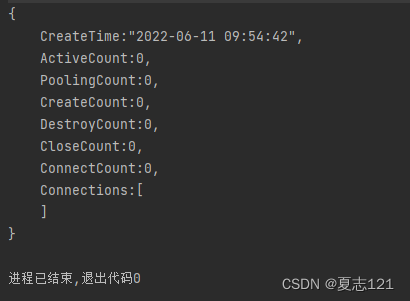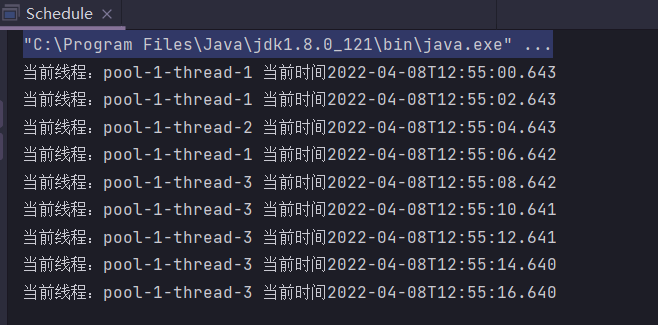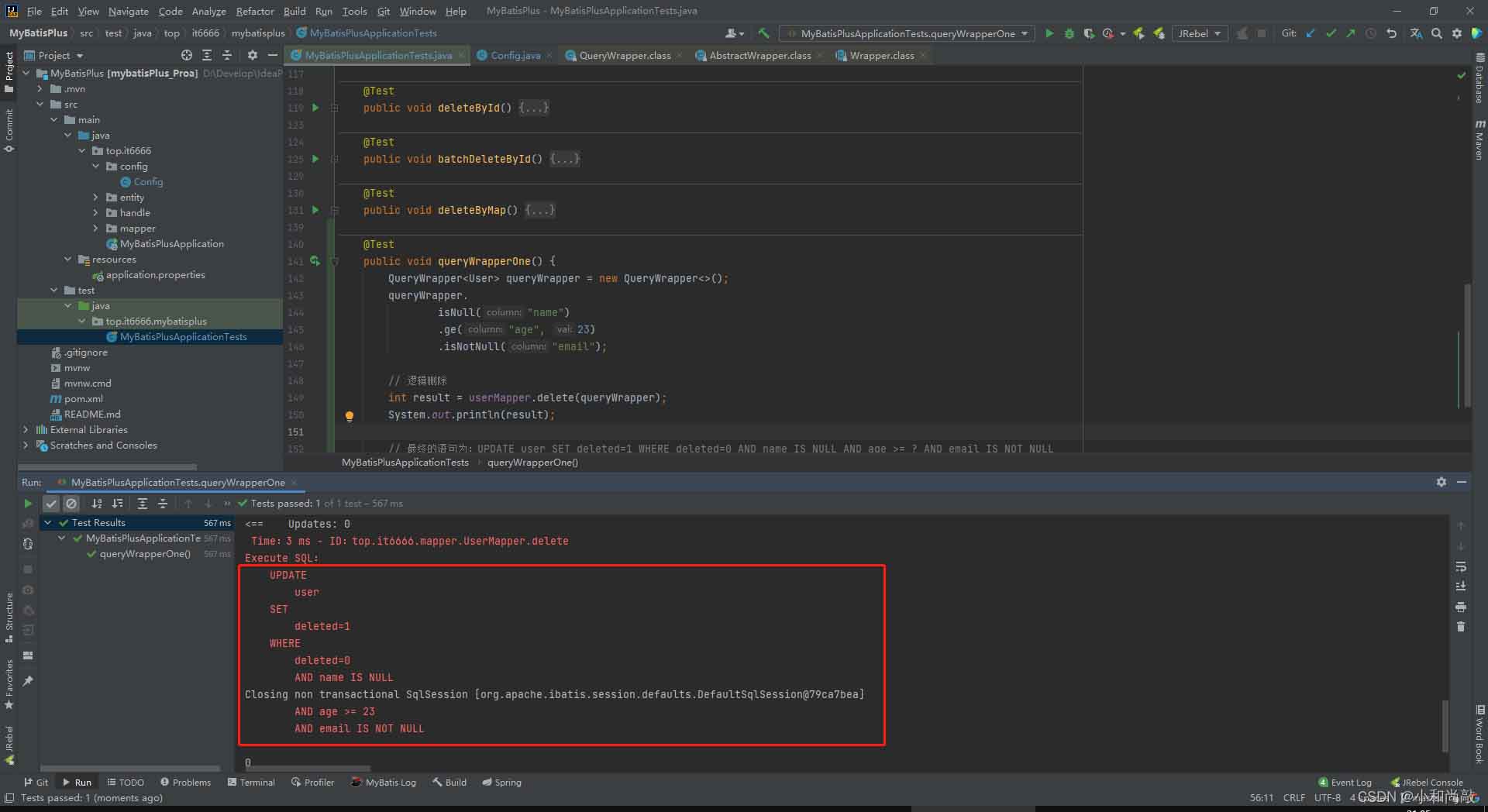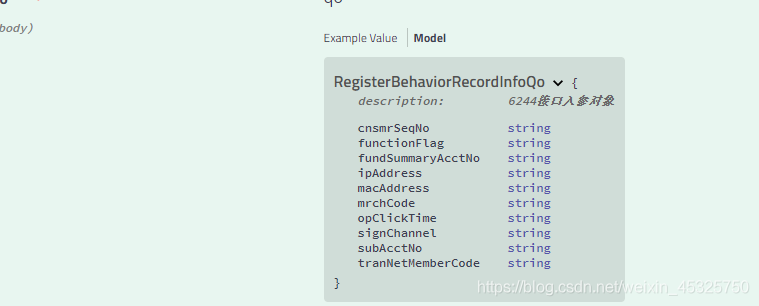这篇文章将通过一些示例为大家详细介绍Spring加载properties文件的几种方式,文中的示例代码讲解详细,感兴趣的小伙伴可以跟随小编一起学习一下
spring第三方资源配置管理
- DruidDataSource
- ComboPooledDataSource
一、druid的资源配置管理
导入druid的坐标:
<dependency>
<groupId>com.alibaba</groupId>
<artifactId>druid</artifactId>
<version>1.1.16</version>
</dependency>
App运行输出druid:
import org.springframework.context.ApplicationContext;
import org.springframework.context.support.ClassPathXmlApplicationContext;
import javax.sql.DataSource;
public class App {
public static void main(String[] args) {
ApplicationContext ctx = new ClassPathXmlApplicationContext("applicationContext.xml");
DataSource dataSource = (DataSource) ctx.getBean("dataSource");
System.out.println(dataSource);
}
}
applicationContext.xml配置:
配置数据源对象作为spring管理的bean
<!-- 管理DruidDataSource对象-->
<bean id="dataSource" class="com.alibaba.druid.pool.DruidDataSource">
<property name="driverClassName" value="com.mysql.jdbc.Driver"/>
<property name="url" value="jdbc:mysql://localhost:3306/spring_db"/>
<property name="username" value="root"/>
<property name="password" value="root"/>
</bean>
执行结果:

二、c3p0资源配置管理
maven远程仓库中找:
导入c3p0的坐标:
<dependency>
<groupId>c3p0</groupId>
<artifactId>c3p0</artifactId>
<version>0.9.1.2</version>
</dependency>
c3p0还需要mysql的驱动,导入mysql的坐标:
<dependency>
<groupId>mysql</groupId>
<artifactId>mysql-connector-java</artifactId>
<version>5.1.47</version>
</dependency>
App运行输出与上面的一样。
applicationContext.xml配置:
<!--c3p0连接池对象-->
<bean id="dataSource" class="com.mchange.v2.c3p0.ComboPooledDataSource">
<property name="driverClass" value="com.mysql.jdbc.Driver"/>
<property name="jdbcUrl" value="jdbc:mysql://localhost:3306/spring_db"/>
<property name="user" value="root"/>
<property name="password" value="root"/>
<property name="maxPoolSize" value="1000"/>
</bean>
也可以配置最大连接对象和其他需要配置数据。
执行结果:

三、加载properties文件
1、开启context命名空间,总共5处标红的地方需要修改为context。
<?xml version="1.0" encoding="UTF-8"?>
<beans xmlns="http://www.springframework.org/schema/beans"
xmlns:xsi="http://www.w3.org/2001/XMLSchema-instance"
xmlns:context="http://www.springframework.org/schema/context"
xsi:schemaLocation="
http://www.springframework.org/schema/beans
http://www.springframework.org/schema/beans/spring-beans.xsd
http://www.springframework.org/schema/context
http://www.springframework.org/schema/context/spring-context.xsd">
2、使用context命名空间,加载指定properties文件
<context:property-placeholder location="jdbc.properties"/>
properties配置文件,配置时要加jdbc,不然会和系统环境变量冲突,系统优先级高:
jdbc.driver=com.mysql.jdbc.Driver
jdbc.url=jdbc:mysql://127.0.0.1:3306/spring_db
jdbc.username=root
jdbc.password=root
3、使用${ }读取加载的properties文件中的属性值
说明:idea自动识别${ }加载的属性值,需要手工点击才可以查阅原始书写格式
<property name="driverClassName" value="${jdbc.driver}"/>
<property name="url" value="${jdbc.url}"/>
<property name="username" value="${jdbc.username}"/>
<property name="password" value="${jdbc.password}"/>
不加载系统属性
可通过此种方法不加载系统属性,就不会和系统属性冲突:
system-properties-mode属性:是否加载系统属性
<context:property-placeholder location="jdbc.properties" system-properties-mode="NEVER"/>
加载多个properties文件
用逗号分隔可加载多个properties文件:
<context:property-placeholder location="jdbc.properties,jdbc2.properties"/>
加载所有properties文件
<context:property-placeholder location="*.properties"/>
加载properties文件标准格式
classpath:*.properties:设置加载当前工程类路径中的所有properties文件
<context:property-placeholder location="classpath:*.properties"/>
从类路径或jar包中搜索并加载properties文件
classpath*:*.properties:设置加载当前工程类路径和当前工程所依赖的所有jar包中的所有properties文件
<context:property-placeholder location="classpath*:*.properties"/>
以上就是一文详解Spring加载properties文件的方式的详细内容,更多关于Spring加载properties文件的资料请关注编程学习网其它相关文章!
本文标题为:一文详解Spring加载properties文件的方式


基础教程推荐
- Java+mysql实现学籍管理系统 2023-03-16
- 使用Java和WebSocket实现网页聊天室实例代码 2024-02-25
- Java中EnvironmentAware 接口的作用 2023-01-23
- 是否适合从javabean类更新数据库? 2023-11-04
- Java编写实现窗体程序显示日历 2023-01-02
- 运用El表达式截取字符串/获取list的长度实例 2023-08-01
- JSP 动态树的实现 2023-12-17
- JavaWeb 实现验证码功能(demo) 2024-04-14
- 深入理解约瑟夫环的数学优化方法 2024-03-07
- springboot下使用shiro自定义filter的个人经验分享 2024-02-27

















